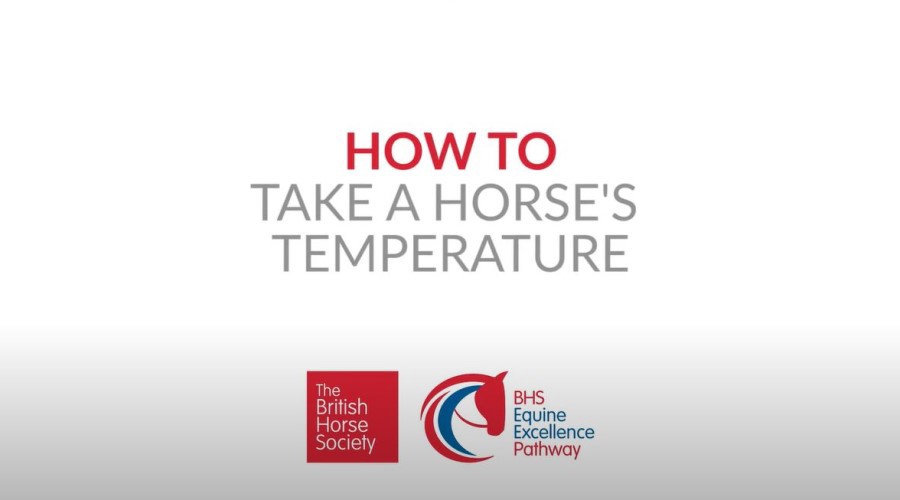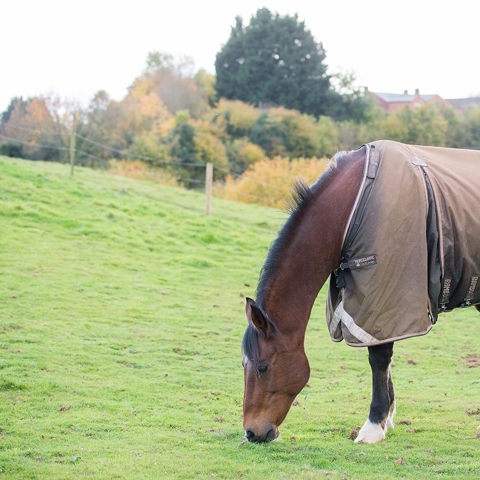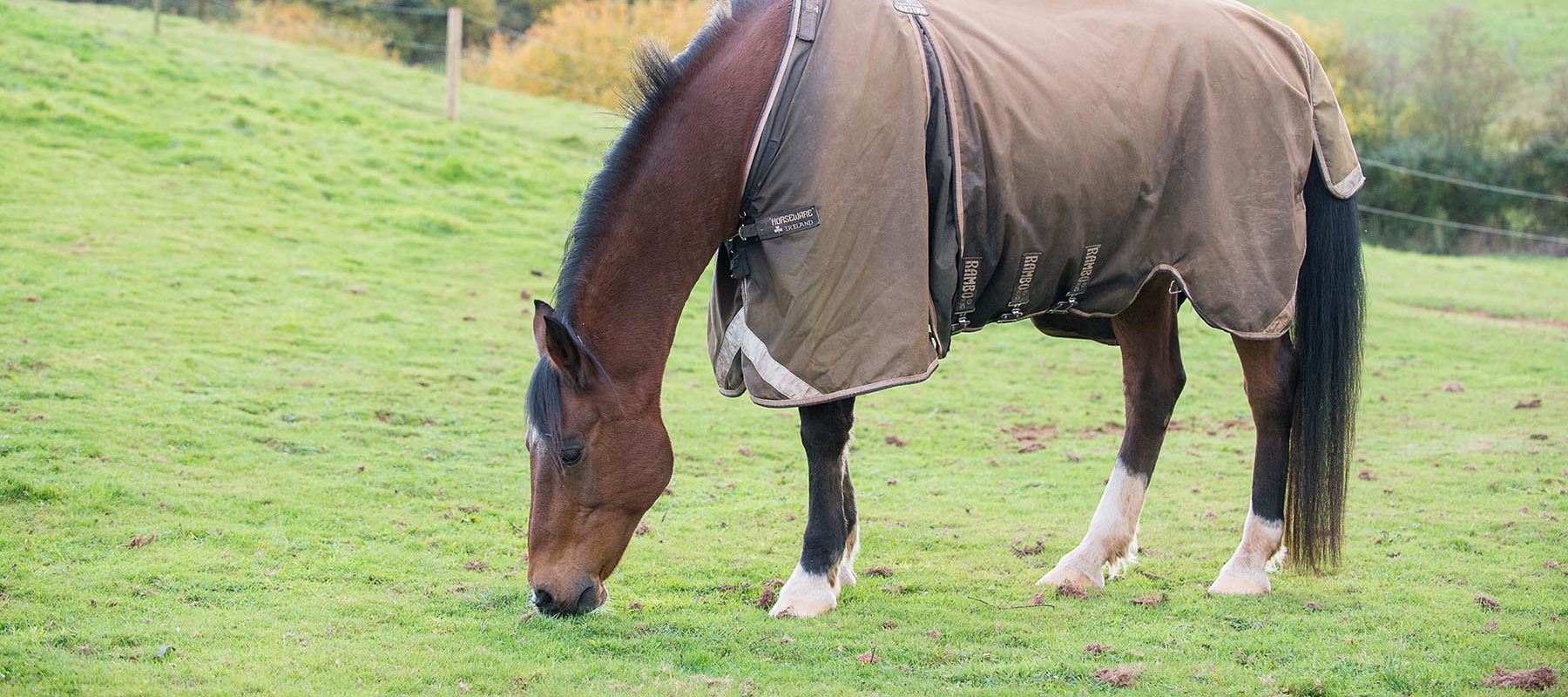EHV-1 can cause respiratory disease (especially in young horses) and neurological disease in horses of any age, sex and breed, and pregnant mares to abort. Young foals are also at risk and can die from the infection.
EHV-4 can also cause respiratory disease and occasionally risks abortion.
If you suspect EHV
Isolate your horse and contact your vet immediately. In most cases, horses will make a good recovery from respiratory disease, but the prognosis for those with the neurological disease can be very variable. If EHV is suspected, your vet will take a nasopharyngeal swab and potentially a blood sample from your horse. All horses that have had direct, or indirect contact with the infected horse should be closely monitored and their temperatures taken twice a day and isolation procedures put in place.
 play-circle
play-circle
Watch
How to take a horse’s temperature
Signs
Not all horses with EHV show the same signs, some may only show mild signs or if they are silently carrying the virus potentially no signs at all.
Respiratory symptoms
chevron-down
chevron-up
Clinical signs of EHV-1 and EHV-4 respiratory disease are very similar to equine flu and can include:
- High temperature, above 38.5°C
- Nasal discharge
- A dry cough
- Loss of appetite
- Reduced performance
- Lethargy/depression
Once infected, horses can show signs of disease within 24 hours, but symptoms usually begin within 4-6 days. For some horses, this may be longer.
Neurological
chevron-down
chevron-up
EHV-1 can cause severe disease of the nervous system although outbreaks of this strain are rare. Typical symptoms include:
- Horse can appear weak
- Inability to pass urine or droppings
- Poor limb coordination (the hindlimbs are usually more affected)
- In severe cases the horse may be unable to stand
These signs occur as the virus damages the spinal cord.
Abortion
chevron-down
chevron-up
Pregnant mares can suddenly and unexpectedly miscarry their unborn foal.
Further information about abortion, the measures that can be taken to prevent the disease and steps to take in the event of an outbreak is available from the International Codes of Practice 2024.
Prognosis
Providing there’s no complications, horses with respiratory disease should usually make a good recovery within a few weeks.
Neurological disease can understandably cause significant concern and panic for horse owners. With any disease outbreak it is critical that there is clear communication with the vets (if multiple practices are involved), horse owners and neighbouring yards in the area. Horses with more severe neurological signs and those that are unable to stand, may need to be euthanised on welfare grounds. For less severe cases, recovery is likely to take several months.
How to prevent the spread of EHV
How the disease is spread
chevron-down
chevron-up
EHV is a contagious viral disease which can be spread via direct horse-to-horse contact (for example horses touching noses) and aerosol droplets over distances (no greater than 5 metres) by coughing and snorting, which can result in rapid spread through a group of horses. It can also be spread indirectly by shared equipment such as tack, feed bowls, and people via their hands and clothing.
When mares lose their foal due to EHV, their foal’s body, associated fluids and discharges expelled are all sources of infection to other horses.
EHV can lie dormant in the horse following first infection, meaning they will carry the virus as a ‘silent’ infection. The horse will often appear healthy and show no signs of disease, but occasionally the disease can reoccur at intervals throughout its life. The virus can be reactivated during stressful conditions, such as travelling, moving yards or attending a competition. The horse will shed the virus but may not show any signs that they are ill.
Prevention
chevron-down
chevron-up
Yards should inform others if they have an outbreak so potential in-contact horses can be quickly isolated and monitored to help decrease the risk of spread. If you have any concerns for your horse, contact your vet immediately.
Be vigilant if you have pregnant mares on your yard and speak to your vet for advice.
Good health and hygiene methods are essential, including an effective quarantine procedure for new arrivals.
Read our advice and the simple steps you can take to prevent the spread of disease.
Vaccine
Vaccinating your horse can help prevent both respiratory disease and miscarriage caused by EHV-1 and/or EHV-4. There is no vaccine registered to prevent EHV-1 neurological disease.
Vaccination is especially recommended for horses under the age of five as they may be particularly susceptible to respiratory disease caused by EHV-1. Vaccination can also help reduce the amount of virus shed by an infected horse. Speak to your vet for advice on the EHV vaccine.
Vaccinations are part of an important tool to help prevent disease, but it’s important to always maintain good health and hygiene practices.






